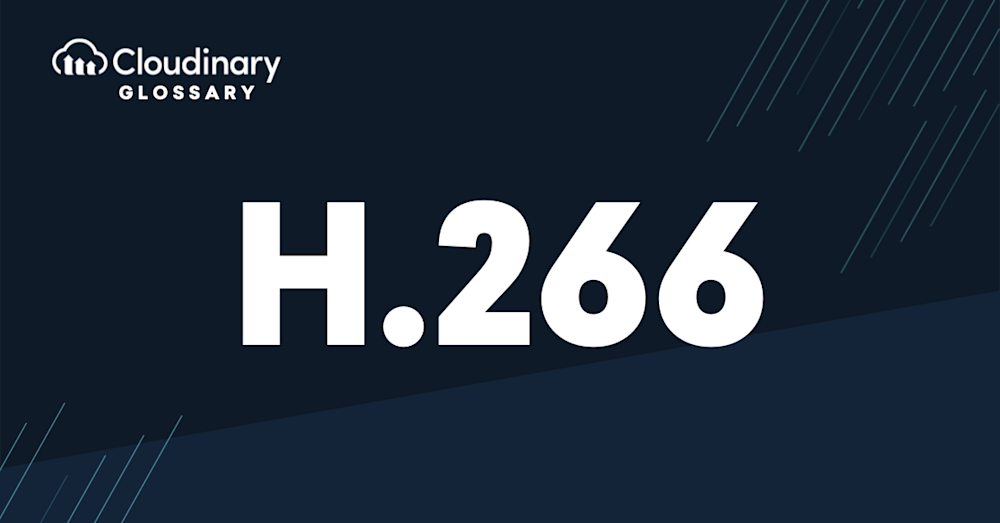What Is H.266?
H.266, also known as Versatile Video Coding (VVC), is a cutting-edge video compression standard developed by the Joint Video Experts Team (JVET), a collaborative effort between the ITU-T Video Coding Experts Group (VCEG) and the ISO/IEC Moving Picture Experts Group (MPEG). Designed as a successor to the widely used H.264/AVC and H.265/HEVC standards, H.266 aims to improve video compression efficiency by up to 50% while maintaining the same level of video quality.
The primary goal of H.266/VVC is to support the increasing demand for high-resolution video content, such as 4K and 8K, in a world where bandwidth and storage are critical factors. By reducing the amount of data needed to transmit or store high-quality video, H.266 paves the way for better utilization of network resources and makes it possible to deliver stunning visuals to a broader audience.
The Differences Between H.265 and H.266
While H.265 (HEVC) and H.266 (VVC) are both video compression standards, they differ significantly in several areas, marking the evolution of video codec design and addressing the continuous rise of high-quality video standards:
- Compression Efficiency. H.266 offers up to 50% better compression efficiency than H.265. You can retain the same video quality while using only half the data.
- Network Utilization. With its enhanced compression capability, H.266 improves network utilization, making it an ideal choice for streaming high-resolution videos over bandwidth-limited networks.
- Compatibility and Support. Since H.266 is a newer standard, it may not be supported on all devices that currently support H.265. Hardware or software updates may be required for compatibility.
- Complexity. H.266 is more complex than H.265’s design, often resulting in increased computational and processing demands. However, these are offset by the significant benefits in terms of storage and bandwidth usage.
When Should I Use VVC over HEVC?
Deciding whether to adopt H.266 (VVC) over H.265 (HEVC) depends on the specific needs of your video project and the resources available to you. Here are some considerations to help you make the decision:
- High-resolution Content. Suppose your project involves 4K, 8K, or even higher resolution video. In that case, H.266’s improved compression efficiency makes it more suitable for managing large file sizes and reducing storage or bandwidth requirements.
- Bandwidth Restrictions. For live streaming or video-on-demand (VOD) services with limited network bandwidth, H.266’s ability to deliver equivalent video quality with less data can be a critical advantage.
- Device Compatibility. Assess the target audience’s devices and ensure that they support H.266. Older devices may require software or hardware updates for compatibility.
- Computational Resources. Be mindful that H.266 requires more processing power for encoding and decoding than H.265. Ensure that your hardware can handle the increased computational demands of H.266.
The Wrap-Up
The emergence of H.266/VVC indicates an exciting evolution in video compression technology. Its superior efficiency promises to shape the future of high-resolution content delivery, especially in bandwidth-restrictive or storage-critical environments. However, like any technology, its adoption should be on a case-by-case basis, considering factors such as video resolution, network conditions, device compatibility, and computational resources.
Whether you are already at the cutting edge, dealing with 4K or 8K video content, or simply looking to optimize your existing video delivery parameters, Cloudinary’s robust media management solutions are designed to meet your diverse and evolving needs. Continuously integrating advances like H.266, Cloudinary ensures you’re always equipped with top-tier technology.
Begin your journey towards optimized video experiences, and explore the wonders of Cloudinary today!
Additional Resources You May Find Useful:





